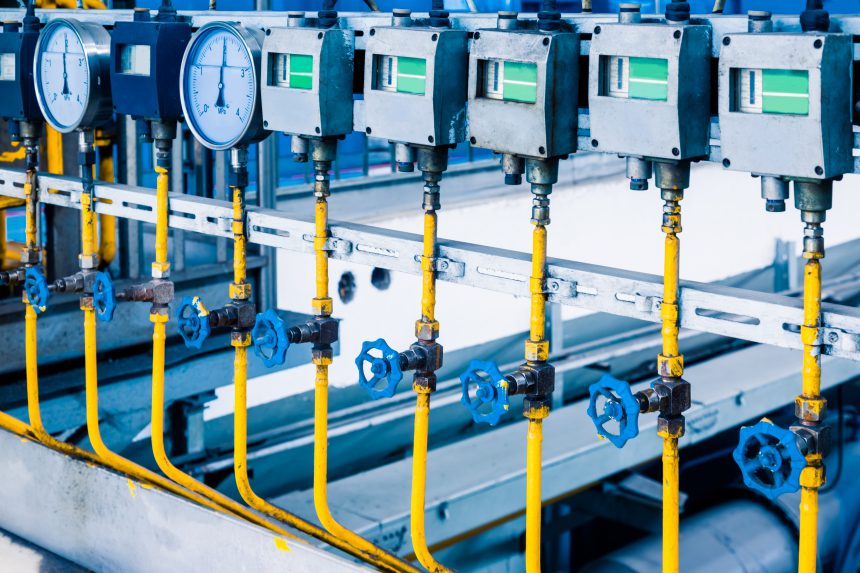Accurate measurement is the backbone of the oil and gas industry. From ensuring regulatory compliance to maintaining operational efficiency, measurement systems play a crucial role in the success of upstream, midstream, and downstream operations. But what exactly does oil and gas measurement entail? What Is Oil and Gas Measurement?
Oil and gas measurement involves quantifying the volume and flow rate of hydrocarbons during production, transportation, and processing. This data is essential for:
-
Regulatory Compliance
Meeting legal standards like API MPMS (Manual of Petroleum Measurement Standards).
-
Revenue Accuracy
Precise billing between stakeholders.
-
Operational Efficiency
Monitoring and optimizing processes.
Key Components of Measurement Systems
- Flow Computers: Devices like Omni Flow Computers and ABB Flow-X calculate real-time volumetric and mass flow rates.
- Meters: Tools such as turbine meters, ultrasonic meters, and Coriolis meters measure flow rate and volume.
- Transmitters: Devices using Modbus, HART, or Fieldbus protocols send accurate data to control systems.
- Calibration Systems: Ensures consistent and accurate readings, critical for audit and compliance
Challenges and Innovations
Challenges: Maintaining accuracy in extreme environments, ensuring data integrity, and adapting to complex infrastructure.
Innovations: Real-time data integration, automated calibration, and the use of IoT to monitor systems remotely.
Conclusion
Oil and gas measurement is a technical yet essential field that drives industry success. With accurate systems, companies can ensure compliance, improve efficiency, and maximize profitability. At Melius Labs, we specialize in configuring and calibrating flow computers and designing robust measurement systems tailored to your needs.



Leave a Reply
You must be logged in to post a comment.